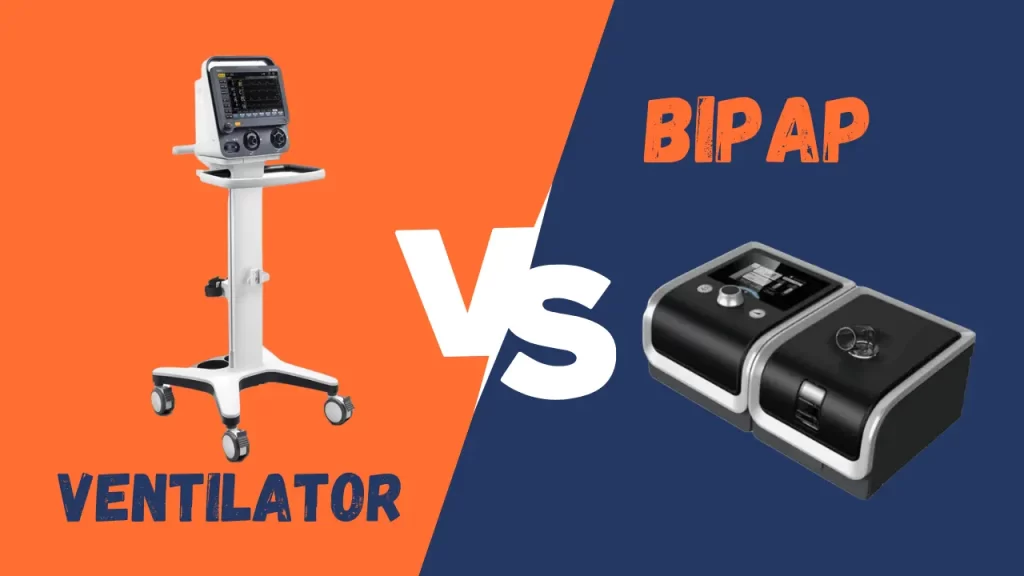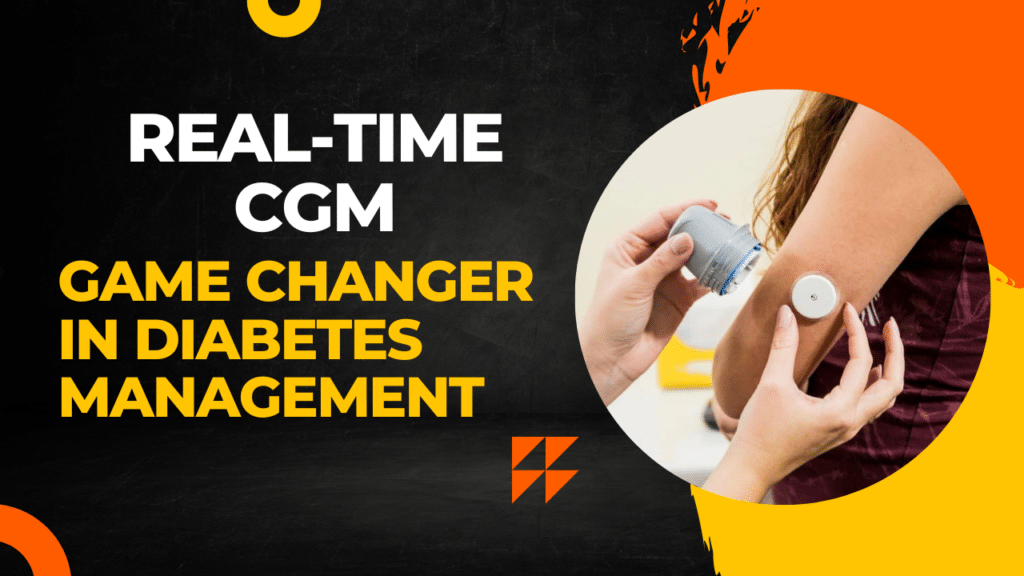The SpO2 meter, also known as a Pulse Oximeter, is a tiny clip-like device that attaches to the middle or index finger of either hand and measures the amount of oxygen in your blood to determine how quickly your heart beats and how effectively you breathe.
Pulse oximeters became more crucial than ever once the COVID-19 outbreak began. Doctors and health experts began advising keeping a SpO2 meter at home to identify any reductions in your blood oxygen levels, especially in patients recuperating from COVID-19, since this condition affects the respiratory system.
Table of Contents :
- Why does your body need oxygen?
- How is oxygen introduced into the bloodstream?
- How does oxygen saturation work?
- What are the average SpO2 values?
- What occurs if the oxygen saturation levels in my blood are low?
- The best approach to check your oxygen saturation levels at home is with a pulse oximeter (SpO2).
Why does your body need oxygen?
We use the oxygen in our blood whenever we move our muscles, think, or digest food.
In other words, oxygen is necessary for every single activity we take on a daily basis.
However, not all activities need the same amount of oxygen. In reality, our bodies will require more or less oxygen depending on the time of day.
How is oxygen introduced into the bloodstream?
We exhale carbon dioxide while breathing in oxygen. When oxygen reaches our lungs, it travels through capillaries, which are extremely small blood vessels, and into our blood.
However, oxygen cannot pass through the human body on its own; it must cling to something.
The red blood cells, which also include the protein hemoglobin, are one of the elements that make up blood. Oxyhemoglobin is created when oxygen is deposited in these proteins, allowing it to flow throughout your body and support all of your essential bodily activities.
How does oxygen saturation work?
The amount of oxyhemoglobin in the blood determines the oxygen saturation level.
It is shown as venous oxygen saturation (SaO2) and arterial oxygen saturation (SaO2) (SvO2).
A crucial factor in determining how much oxygen is in your blood and being transported to your body is oxygen saturation.
What are the average SpO2 values?
The usual SpO2 range for people is 95 to 100%.
What occurs if the oxygen saturation levels in my blood are low?
Hypoxemia, which is a dangerously low level of oxygen in the blood and necessitates external oxygen supplementation and medical attention, can be indicated by a level of 92% or lower.
The most typical signs and symptoms include tiredness, nausea, dizziness, numbness, and tingling in the limbs. However, the situation progresses into a more serious condition termed hypoxia if the oxygen levels remain low. The fingertips of hypoxic patients turn blue.
The best approach to check your oxygen saturation levels at home is with a pulse oximeter (SpO2).
Checking your oxygen saturation levels is the only way to determine if you are at risk of hypoxemia or hypoxia.
A pulse oximeter uses a fingertip sensor to assess the body’s blood oxygen level and pulse rate. It provides real-time information and is the best option for patients recuperating from COVID-19 as well as patients managing cardiac or lung diseases.
Sources
British Lung Foundation
American Society of Hematology
Mayo Clinic
News Medical Life Sciences
Healthline
Latest Post
- Defibrillators: The Silent Heroes of Cardiac Emergencies
- Everything You Need to Know About Hospital Stretchers
- The Future of Remote Monitoring Devices and Their Role in Healthcare
- Realtime CGM: A Gamechanger In Diabetes Management
- Difference between Ventilator and BiPAP Machine
-
Defibrillators: The Silent Heroes of Cardiac Emergencies
A defibrillator is an extraordinary piece of medical equipment capable of restarting the heart in the event of sudden cardiac arrest or irregular heartbeats.
-
Everything You Need to Know About Hospital Stretchers
Whether in an emergency room, a hospital ward, or a pre-hospital setting, hospital stretchers play a crucial role in medical care. They serve as the primary means of mobility for patients who are incapable of moving independently – and as such, understanding both their design and their diversity is demographic for all members of a…
-
The Future of Remote Monitoring Devices and Their Role in Healthcare
In today’s world, remote monitoring devices play a crucial role in the healthcare industry in many ways. These devices are an essential tool that enables healthcare professionals to monitor patients, collect data, and provide patient care from anywhere in the world. This article aims to explore the importance of remote monitoring devices in healthcare and…











Pingback: What is Multipara Monitor and How to Read It?